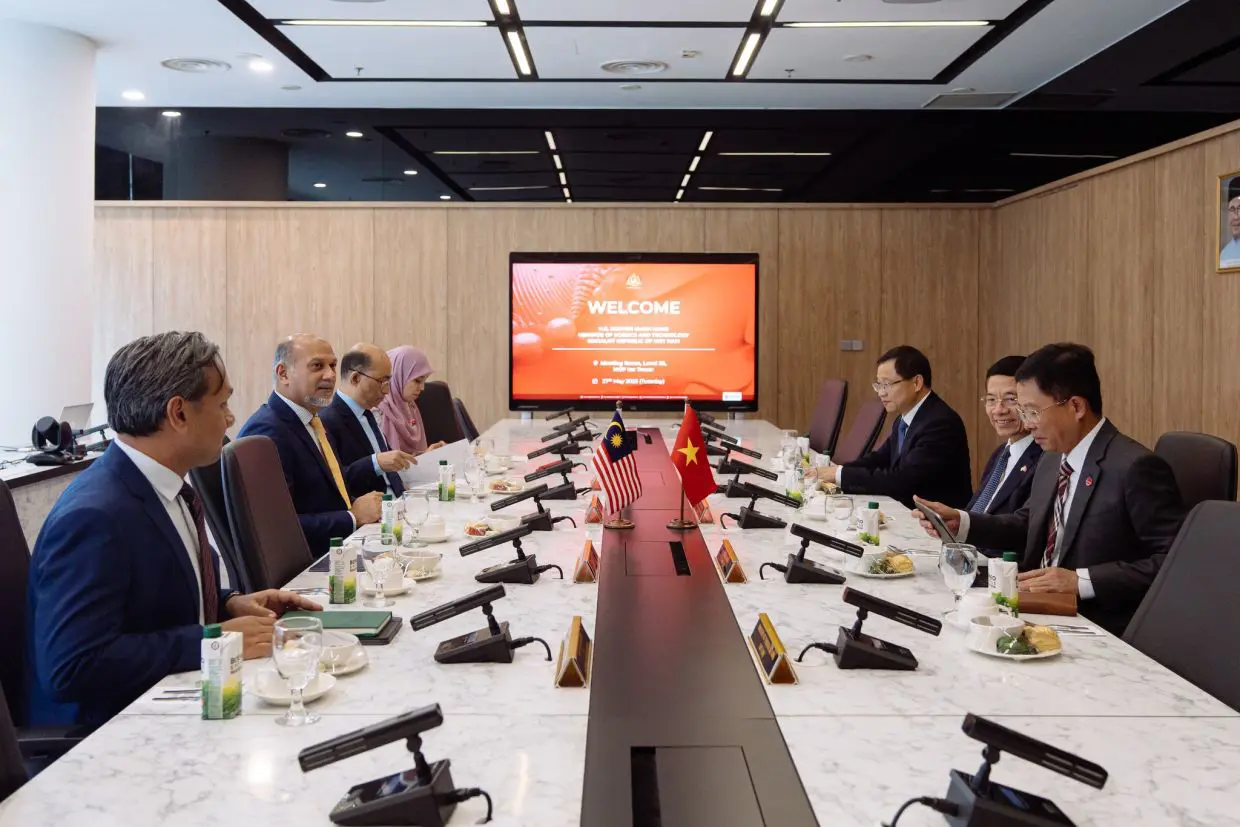In a move that signals a dramatic shift in global trade strategy, President Donald Trump has announced the reimposition of sweeping tariffs on dozens of countries, calling it a “reciprocal” approach aimed at putting American interests first. These tariffs, set to take effect on August 7, are part of Trump’s larger economic vision to protect U.S. industries and reduce trade deficits.
A Week’s Grace — But Tensions Rise
Initially expected to begin immediately, the White House granted a short delay, giving global markets and foreign governments a week to brace themselves. Still, the message was clear: the U.S. is done playing nice.
Trump’s economic doctrine, rooted in protectionism, claims to strengthen domestic manufacturing by discouraging reliance on foreign goods. But while some praise the move as a bold assertion of American strength, others fear rising prices at home and ripple effects across the global economy.
Tariffs Up to 41% — Who’s Affected?
The executive order raises duties up to 41% on products from a wide range of countries. Many of these increases were previewed back in April, when Trump imposed an initial 10% minimum levy across most imports, citing unfair practices and America’s persistent trade deficits.
Since then, negotiations have been chaotic. New duties were announced, old ones delayed, and a patchwork of bilateral deals signed — with nations like Japan, Vietnam, the Philippines, and even the European Union scrambling for exemptions or reduced terms.
Politics, Pressure, and Pushback
Just Thursday, Trump extended a 90-day delay for tariffs on Mexican imports following talks with Mexican President Claudia Sheinbaum. Meanwhile, Canada was hit with a harsh 35% duty after failing to strike a new deal — a move that coincides with rising political friction between Ottawa and Washington, particularly over Canada’s stance on international diplomacy.
Despite legal challenges mounting — including federal court cases questioning the legality of Trump’s aggressive tariff strategy — the president remains resolute. “Without tariffs, the U.S. economy has no chance of survival or success,” he declared Thursday, doubling down on his hardline approach.
China Looms Over the Horizon
Interestingly, China remains temporarily outside the scope of the August 7 changes. But that could change just days later, on August 12, when the tariff truce between the two economic giants is set to expire. Talks are ongoing, but history suggests nothing is guaranteed.
While Trump touts rising customs revenue and claims success, economists warn of inflationary pressures that could impact everyday Americans. Still, supporters insist any pain will be short-lived — a necessary cost to rebalance a system they believe has long disadvantaged the United States.
As the world watches and waits, one thing is certain: global trade has entered a new era — one shaped by power plays, unpredictable negotiations, and a fierce debate about what it means to protect a nation’s economic future.




